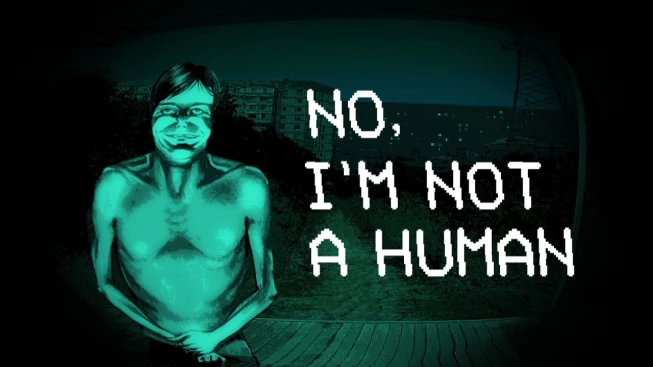Within the diverse conclusions of No, I’m Not a Human, the Child of Doom finale captivates with its eerie fusion of religious allegory and psychological turmoil. This path weaves tragedy and horror into a narrative tapestry that lingers long after the credits roll.
To unlock this ending, prioritize compassion in pivotal interactions. The journey starts when a stranger—a woman implied to work nights—knocks at your door, seeking shelter. Refusing her halts the path immediately. Welcoming her requires consistent empathy: harsh responses or probing questions cut her arc short. As she shares fragments of her past—a domineering father, unresolved anger—align dialogue choices with understanding to nurture trust.
Critical to progression is permitting her to sleep in your bed. Skipping nights or ejecting her disrupts the chain of events. After several nights, spectral phenomena emerge: disembodied whispers, shadowy movements, and visions of her suffering. Her eventual death triggers the next phase. Scour every room meticulously; a phantom infant manifests unpredictably—near windows, bathrooms, or hallways. Persistent exploration is key, as missing the entity soft-locks progress.
Upon discovery, the scene shifts: a ghostly child levitates, encircled by three figures engaged in a macabre tug-of-war. Overwhelmed, the protagonist fires their weapon. The screen fades, replaced by celestial beings heralding the protagonist as a prophet. They claim the child harbored apocalyptic potential, framing his act as divine intervention.
A crowd glorifies him, only to reveal their true intent: crucifixion as their messiah. The ending captures his transformation from broken individual to unwilling icon, trapped in a cycle of mythmaking.
Symbolism dissects inherited trauma. The woman embodies suppressed maternal longing, while the child symbolizes guilt made manifest. Destroying it represents an attempt to purge pain, yet society recasts violence as sacred. The angels and cultists epitomize how trauma morphs into collective delusion, warping personal agony into dogma.
Mechanically, avoid aggressive dialogue, ensure the woman remains indoors, and exhaustively search post-death. Save frequently to counter potential glitches. The ending challenges players to reflect on sacrifice’s duality—a bid for catharsis that instead forges chains.
Ultimately, this route rejects triumph, framing “redemption” as submission to forces beyond control. It questions whether destroying demons exorcises them or merely reshapes their influence, leaving players to grapple with the cost of perceived salvation.

